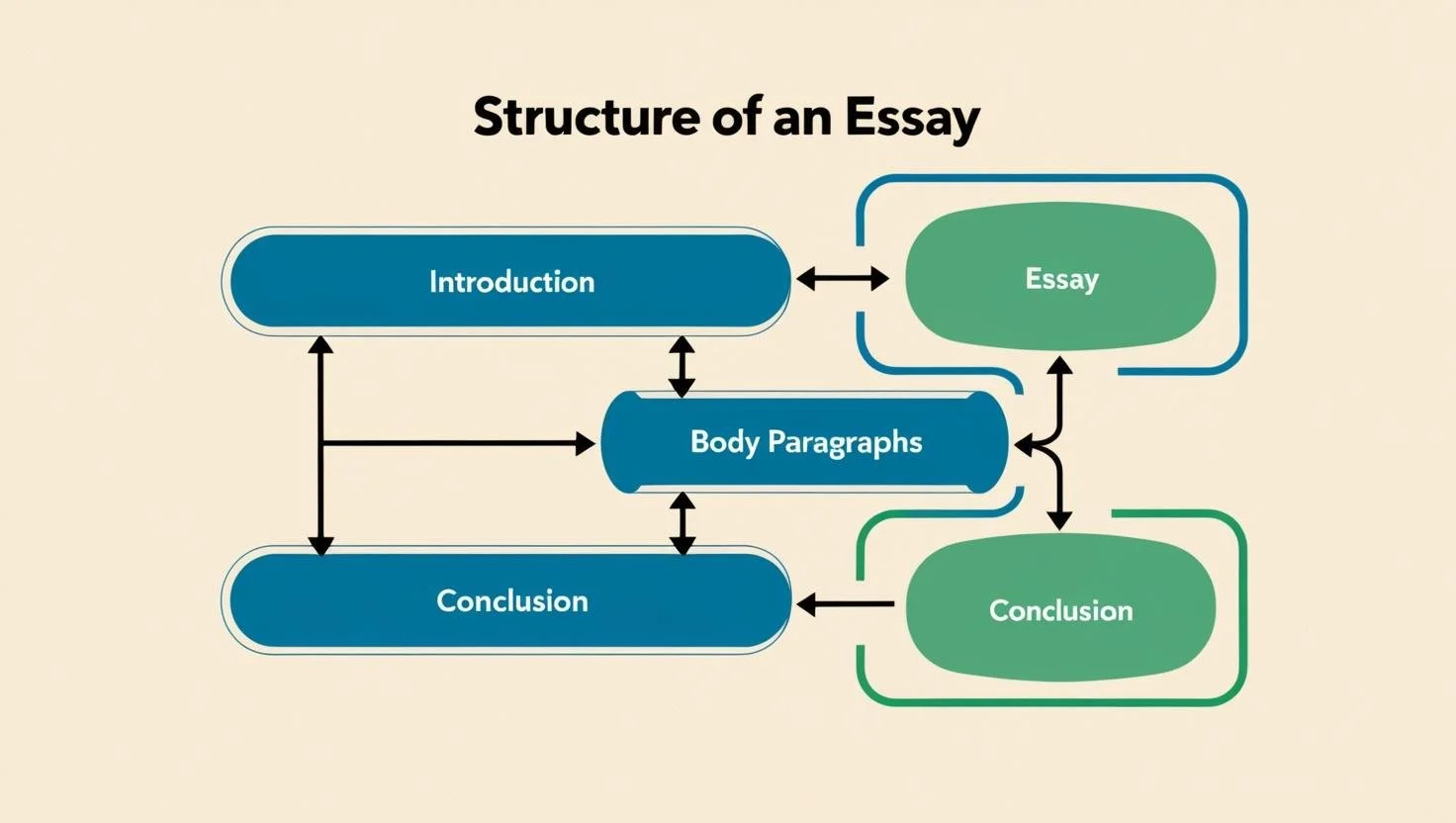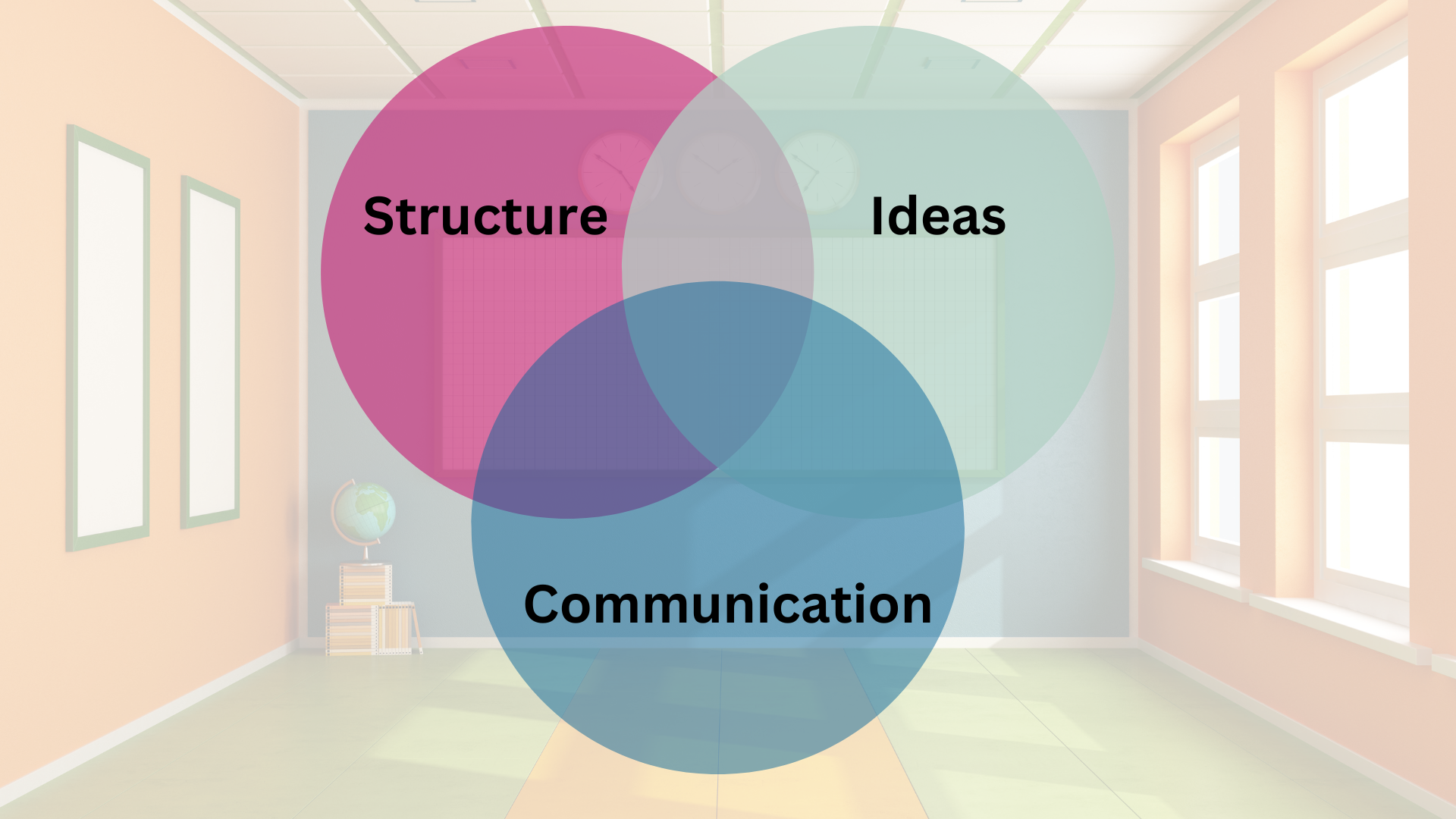Level Up Your Arguments: Understanding Different Approaches to Persuasive Writing
By: George E. Newell
Introduction: The Power of Persuasion
Have you ever tried to convince your friends to watch your favorite TV show or persuaded your parents to let you stay out late? Whether you realized it or not, you were making an argument! Knowing how to construct strong arguments is a valuable skill in both school and life. But persuasive writing is not just about following a formula—it’s about developing your thinking, organizing your ideas, and communicating them clearly.
Why Arguments Matter
Arguments are everywhere. We see them in advertisements, social media posts, political speeches, and classroom discussions. Mastering argument writing can help you:
Think critically about what you read and hear
Express your ideas clearly and convincingly
Understand different perspectives on complex issues
Succeed in academic writing across subjects
Participate effectively in real-world debates
Arguments shape the world around you—learn to master them.
Different Ways to Approach Arguments
Teachers and writers use various methods to teach and create persuasive writing. These approaches are known as "ways of thinking about arguments." Let’s dive into three main approaches to argument writing.
1. The Structure-Focused Approach
Think of this approach like building with LEGO® bricks. Writers focus on organizing their arguments step by step to ensure clarity and coherence. Essential elements include:
A clear thesis statement
Specific evidence to support points
Addressing opposing viewpoints
Logical organization
Example: Outlining an essay with a claim, three supporting points, and a counterargument is like creating a blueprint before construction.
Strong arguments are built step by step, just like a blueprint.
2. The Ideas-Focused Approach
This method treats writing as an exploration. Writers use the process to discover new thoughts and let arguments develop organically. Key characteristics include:
Starting with open-ended questions
Using writing to uncover insights
Allowing ideas to shift as they write
Example: A student exploring climate change might start by asking, "What contributes to global warming?" and later focus on renewable energy solutions.
Writing can lead you to unexpected insights.
3. The Communication-Focused Approach
This approach treats writing as a conversation with the reader. Writers consider the audience and tailor their arguments to engage them. Important points include:
Understanding the audience’s background and beliefs
Using appropriate tone and language
Focusing on the desired impact on the reader
Example: A student writing to the principal to change a school policy uses respectful language and addresses potential concerns.
Know your audience—effective arguments speak directly to them.
Real-Life Examples in the Classroom
Let us explore how teachers effectively use these various approaches to assist students in crafting more compelling and well-structured arguments.
Ms. Cook's Structure-Focused Classroom
Ms. Cook uses the ABCD method:
Author - Who wrote it?
Big idea - What is the main point?
Commentary - Why does this matter?
Details - What evidence supports this?
Ms. Joseph's Ideas-Focused Classroom
Ms. Joseph encourages students to explore freely, starting with curiosity and developing arguments as insights emerge.
Mr. Clark's Communication-Focused Classroom
Mr. Clark’s students debate, write letters, and adjust arguments based on audience and purpose.
Different teachers, different approaches—all leading to stronger arguments.
How to Apply These Approaches
Strong writers often blend all three approaches. Ask yourself these questions as you write:
Structure Questions:
Do I have a clear main point?
Is my evidence organized and specific?
Ideas Questions:
What new ideas came up as I wrote?
Has my thinking evolved during the process?
Communication Questions:
Who is my audience?
Why should they care about this topic?
Great writing blends structure, ideas, and audience awareness.
Conclusion: Strengthening Your Argument Skills
You can become a more versatile and effective writer by understanding these approaches. The goal isn’t just to win arguments but to:
Sharpen your thinking
Communicate ideas clearly
Engage in meaningful discussions
Think About It:
Which approach feels most comfortable for you?
How can blending different approaches improve your writing?
Equip yourself with the tools for writing success.
*George E. Newell is a professor of Educational Psychology and has conducted extensive research on literacy development and cognitive skills in educational settings.*







